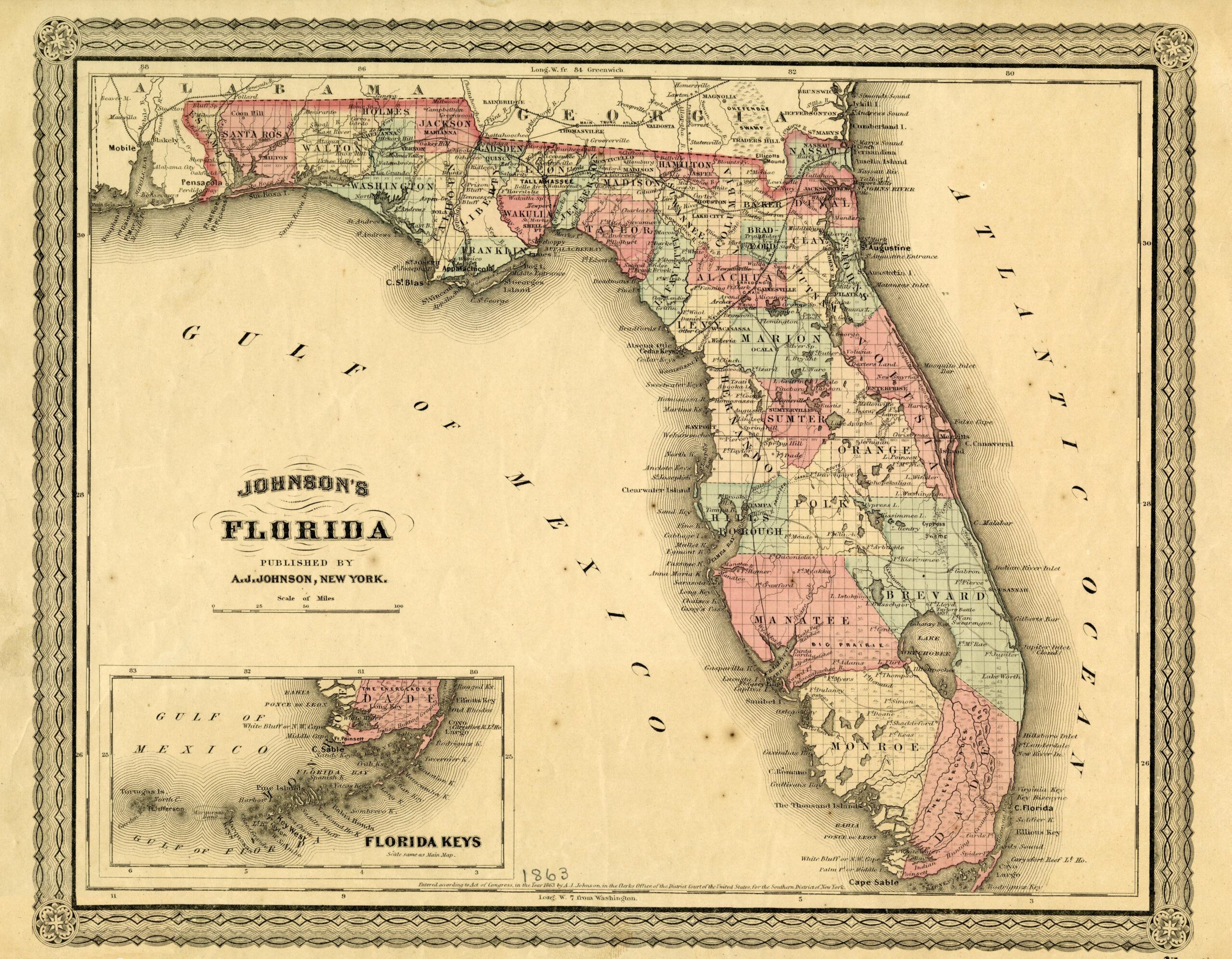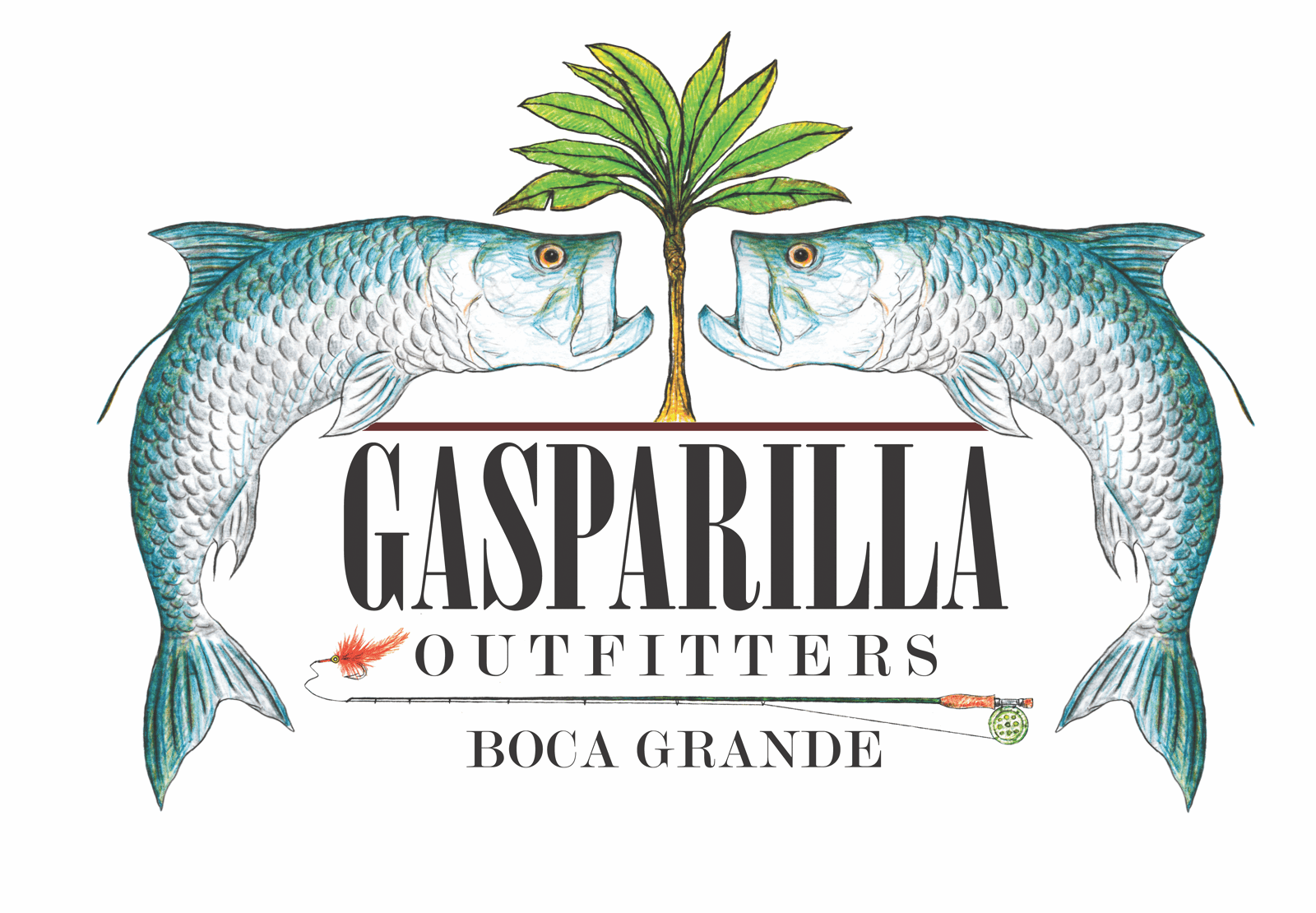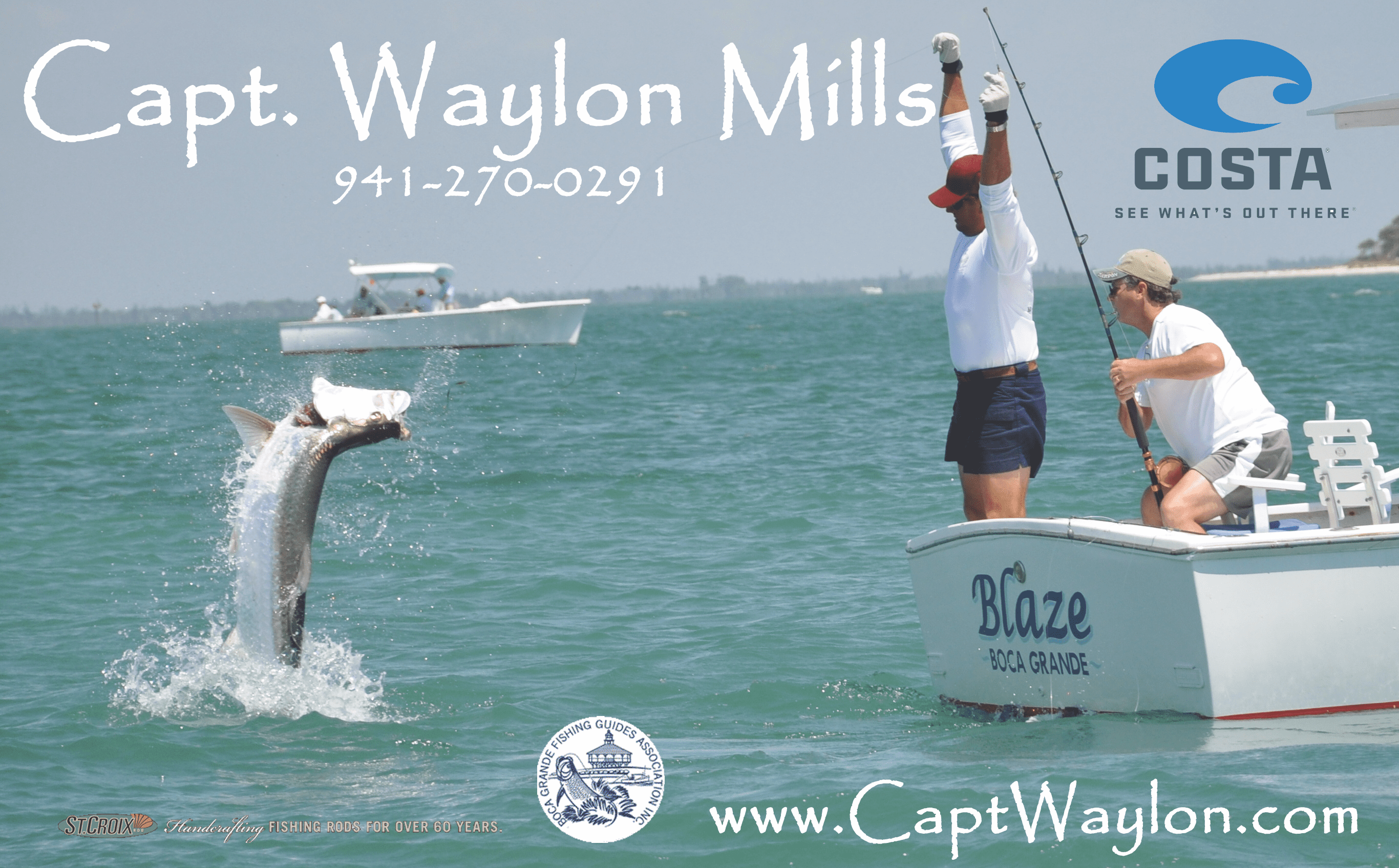A snowy, chilly Gulf of America

This is some week. Those of us who looked out onto the waters to our west might have thought it either funny, or annoying (depending on your party), that President Donald Trump had decided to “rename” what we call the Gulf of Mexico the Gulf of America as a stunt. On Tuesday, and this week across Florida on that now disputed body of water, all of us felt a chill. (That’s fact, not a commentary. Who has ever seen such a snowy beach in Destin, and not the white sand that Visit Florida prefers in its marketing?)
As Dad says when we go to the beach, “Let’s dig in!”
This newspaper is of course not one where we run national news or national politics, unless it affects Cape Haze, Gasparilla or her surrounding islands. However, it is a legit question of what we call this body of water that we see each day. These days, they call these things “difficult conversations” and our position, as a newspaper, is that our job is one of bringing occasional “difficult” conversations, because our First Amendment gives us that right as a sort of privilege as free people.
Perhaps this is that “difficult conversation” for this fourth edition of A.D. 2025.
Is it Gulf of Mexico, or Gulf of America? We have used the term Gulf of Mexico quite frequently here at the Beacon, over 250 times in recent years.
There is that famous novelty song, “Istanbul (Not Constantinople?)” which puts the whole issue of what to call a place name to words. That song brings extreme levity to a situation, indeed a tragic one, where a once-beloved city and place, home of Hagia Sophia, is taken by a different tribe and religion, and renamed. The song goes:
Now it’s Turkish delight on a moonlit night
Every gal in Constantinople
Lives in Istanbul, not Constantinople
So if you’ve a date in Constantinople
She’ll be waiting in Istanbul
Oh, that is funny. Have your guests sing it after dinner for some party hijinx.
Mexico calls it El Golfo de México. The body of water has had a few names since early Spanish colonial days. There is also Mar de Yucatán, referenced in “Historia de la Nueva España” by Bernal Díaz del Castillo,and Golfo de Nueva España referenced by López de Velasco.
With place names, you are often stuck with the name of the mapmaker. The Israelis and Palestinians, indeed many countries at war, argue about how Google decides on borderlines and place names on its maps. The fact is that the dude sitting with the GIS will make some decisions. And Alphabet Google CEO Sundar Pichai was certainly sitting there in Washington on Monday.
As a newspaper, we mostly follow the style of the Associated Press, not because we agree with all the decisions, but because they often try to make things consistent. Their old recommendation was this:
“The Gulf, the Gulf coastline and similar terms are spelled with capital G not just for Gulf of Mexico but also Persian Gulf. We generally recommend spelling out Gulf of Mexico or Persian Gulf on first reference.”
Persian Gulf! Iran hates that one.
Too bad, so sad, as the kids say.
Through history, maps are a window into how people see a place. At this editor’s desk are two artists’ maps, including Lindsey McKelvy’s placemat map of Boca Grande, that is used at The Innlet. That map is a delight,and this editor hates to spill his three menu choices, in order of preference: cream chipped beef, eggs benedict and club sandwich (the last big enough to save half for the next day) onto those paper maps. Indeed, that map says Gulf of Mexico.
The 1863 Johnson Map of Florida, pictured here, has the Gulf of Mexico name firmly established when it was published in 1863. Other spellings are sort of delight-filling and evocative. Johnson spells local waterways the Wyakka River and the Pease Creek.
There are a series of forts in the area, not only Ft. Myers, but forgotten forts like Ft. Dulaney, Ft. Doane, Ft. Adams, Ft. Thompson, Ft. Simon, Ft. Keas and Ft. Center. And then there was Lake Flirt! What happened there near all the forts, we wonder?
Regarding the map, Cayo Costa was previously labeled as La Costa. We do like that better, as many on the islands prefer those classic French tennis shirts.
There is one sad missing element of geography on the old Johnson map. Johnson shows the Big Prairie inland of the coast, with a series of what look to be desert grass icons across the map. Can we imagine if we had a Big Prairie to go to, and run wild from historic fort to fort, instead of subdivision to shopping center?
But back to the “difficult” conversation. The answer is that we will call it what the Office of Coast Survey, National Oceanic and Atmospheric Administration, U.S. Department of Commerce calls it.
Because they make the maps.
They will have to sort it out.
We will end, so as not to divide this island by politics, with the last lines from that famous Four Lads song.
“Why did Constantinople get the works?
That’s nobody’s business but the Turks.”
Garland Pollard is editor of the Boca Beacon. Email letters and comments to editor@bocabeacon.com.









